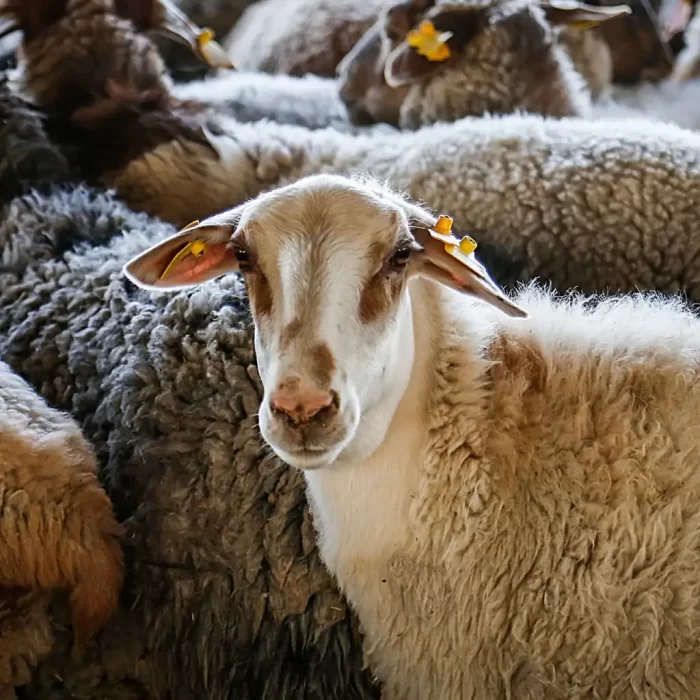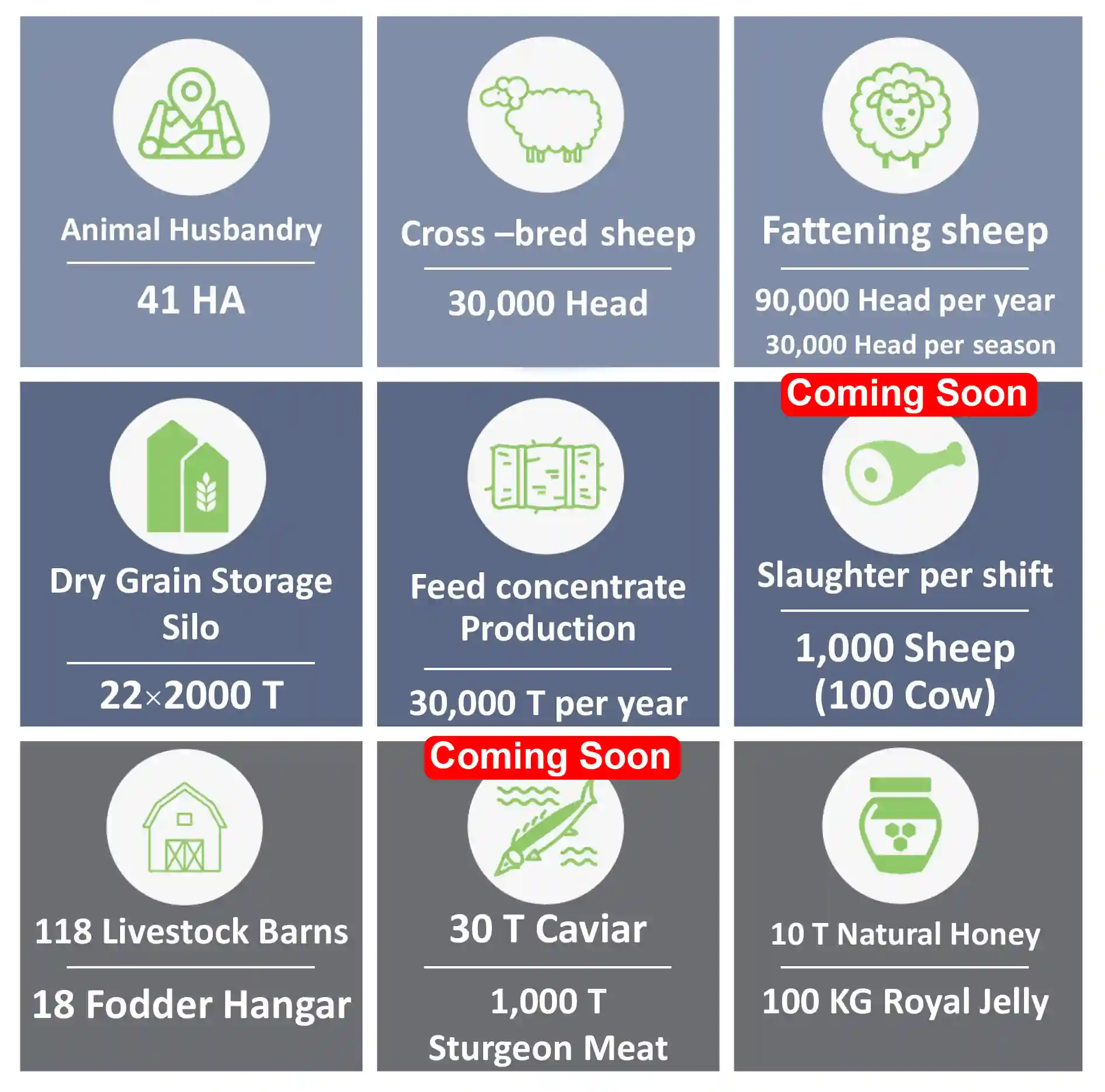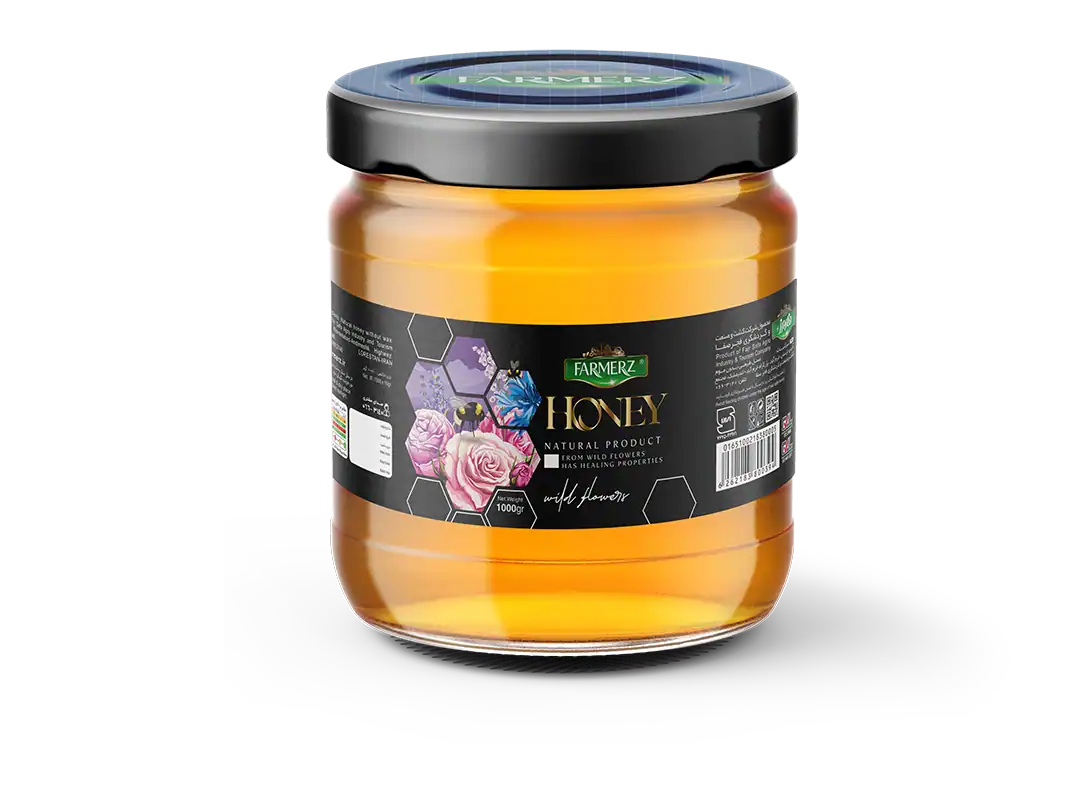Cross Breeding
Having an eye for never-ending improvements in animal husbandry has led us to a unique crossbred sheep.
- Here is a list of our Crossbred sheep characteristics:
- – Multiple births
- – Higher weight of adult sheep
- – Lower carcass fat
- – Reduced age of puberty & pregnancy
- In addition to the above-mentioned characteristics:
- – Intramuscular Fat (Higher level of Marbling)
- – Soft Wool
- – More Milk



